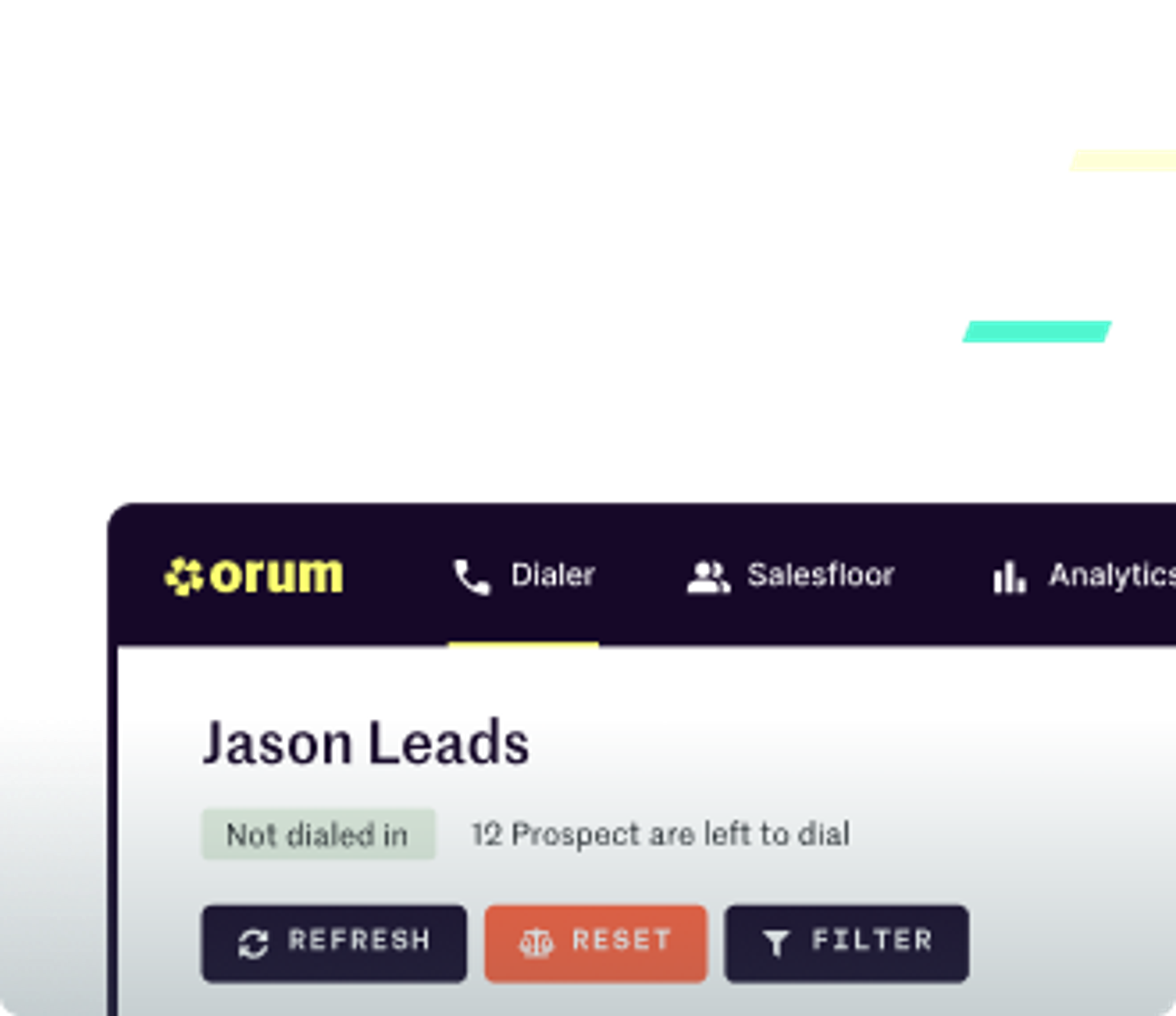How sales organizations can do more with less


We can tell the future. Don’t believe us?
Watch this…
You and your sales reps are being asked to hit pipeline targets that are either the same or increased numbers from last year. This is despite the fact that you have fewer team members, tighter budgets, and prospects that are being much more cautious with their purse strings. In short, you’re being asked to do more with less.
How’d we do?
It’s not some stunning revelation to assume you’re being asked to hit stretch pipeline goals with less resources but that doesn’t make it less true. Organizations everywhere continue to increase their revenue quotas despite the fact that there is very little budget for adding to your tech stack. It's also likely that any hiring is on pause.
What you really need is more resources and the greatest resource any rep can ask for is time. More time means more prospecting. It means being able to make more calls. It allows reps to sharpen their pitches to land more meetings. In order to accomplish the challenging task of doing more with less, you need to emphasize tools in your sales tech stack that optimize the time your reps have available to them.
Orum isn’t a time machine but it does automate the manual aspects of calling, giving your reps back countless hours every single week to connect with more potential customers and have more genuinely meaningful conversations. It’s a platform designed to connect your sales teams with more prospects in a shorter time frame.
How your sales reps can do more with less
If your organization’s headcount has remained static or decreased while quotas have gone up, the only way to hit those goals is to increase the productivity of each rep. Justifying the cost of tools that can boost productivity involves understanding what goes into bringing in new talent. Freezing headcount means that your organization saves money on recruiting, employee salary, and the lost opportunity cost involved with the time it takes for reps and managers to onboard new team members.
While there may not be a budget for all these aspects of hiring, sales leaders can justify using some of this money towards tools that will increase productivity of existing reps. Orum’s AI-powered live conversation platform generates 2-3x the calls, conversations, and meetings scheduled per rep on average, and in half the time. Our tooling is able to reach these numbers by automating manual dialing tasks, directly integrating with tools like Outreach, Salesloft, and Gong, and enabling reps to call multiple prospects at once.
Ramp up time for Orum is almost nonexistent, with reps being able to make hundreds of calls from day one using the platform. These increased opportunities on the phone lead to more comfortable conversations for your reps, better pitches, and more meetings set.
Increased conversations and increased pipeline
Establishing a calling culture through tools like Orum drives down opportunity cost on multiple levels. For one, phone-centric sales reps report 6.8 quality conversations per day, and email-centric only 3.3. Additionally, Sales reps using Orum in 2022 saw a 6.5% success rate in converting their cold calls to meetings compared to the industry average of 2%.
Discover additional insights in our overview on how to optimize the cost of sales.
Using Orum, your reps will have more meaningful conversations with prospects and those conversations will turn into meetings (and pipeline) more often. It goes beyond just calling and meetings, however. Orum provides you a single source of truth for call dispositions and call recordings, synthesizing your outbound calling data so sales managers can offer customized coaching for reps, improving their call to meeting ratios even more.
Orum doesn’t just drive down the time it takes to do calling tasks but rather it pushes your overall outbound efforts into hyperdrive. Orum also pairs with outbound prospecting tools like Outreach, Salesloft, and Gong so you can streamline your sequencing, saving additional time for reps as well.





